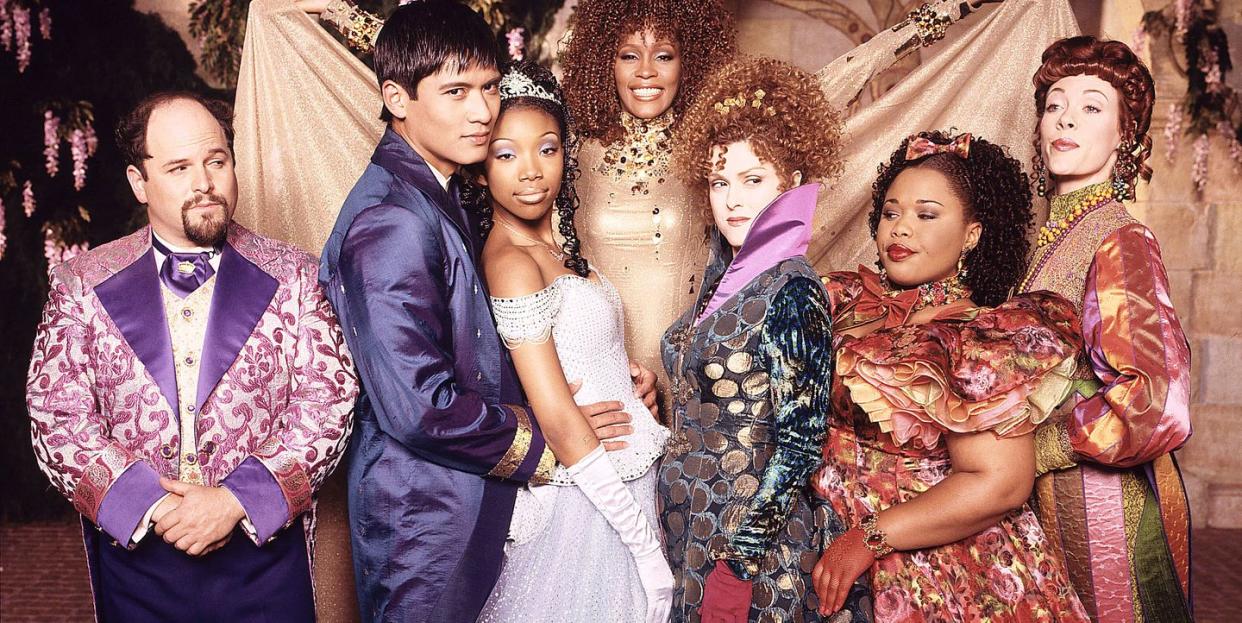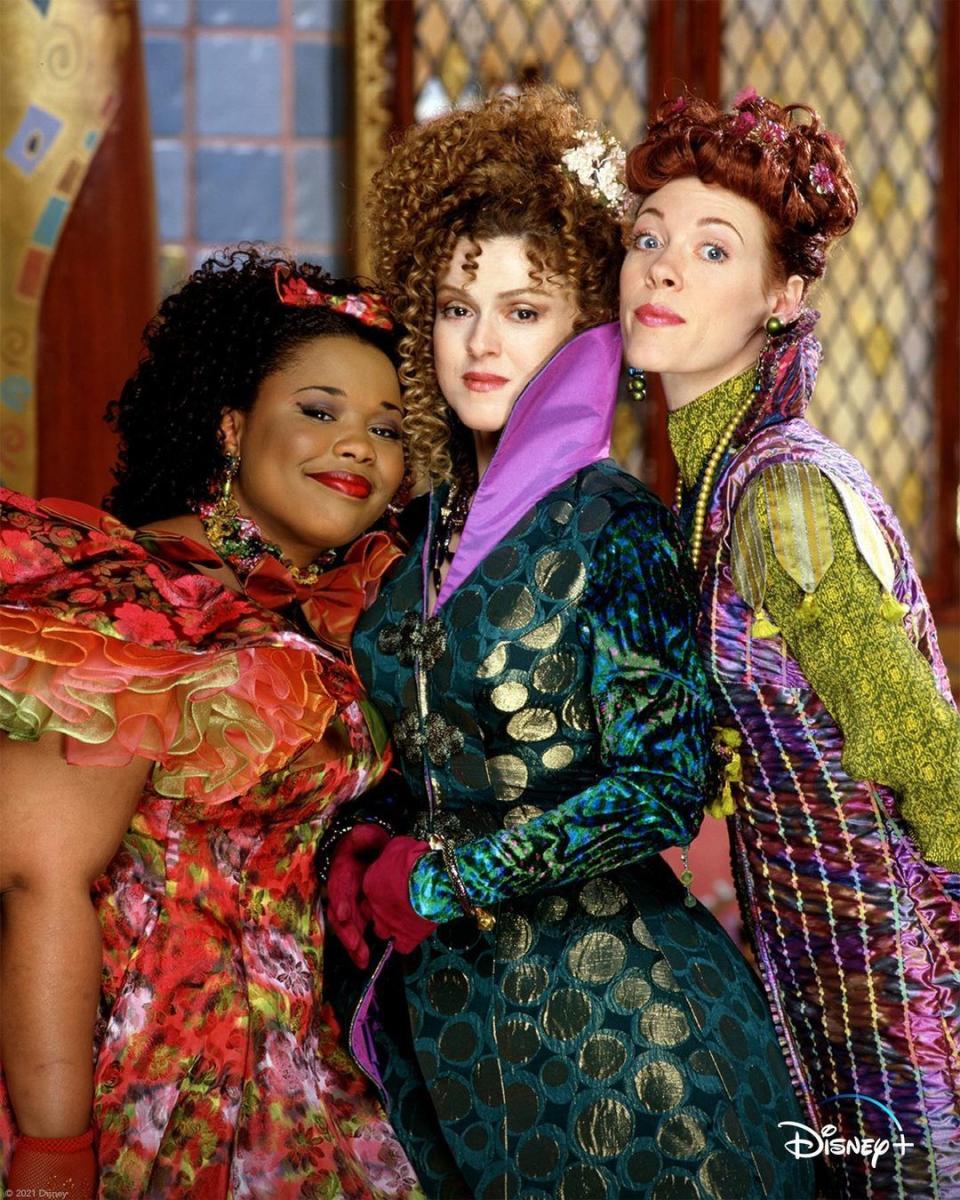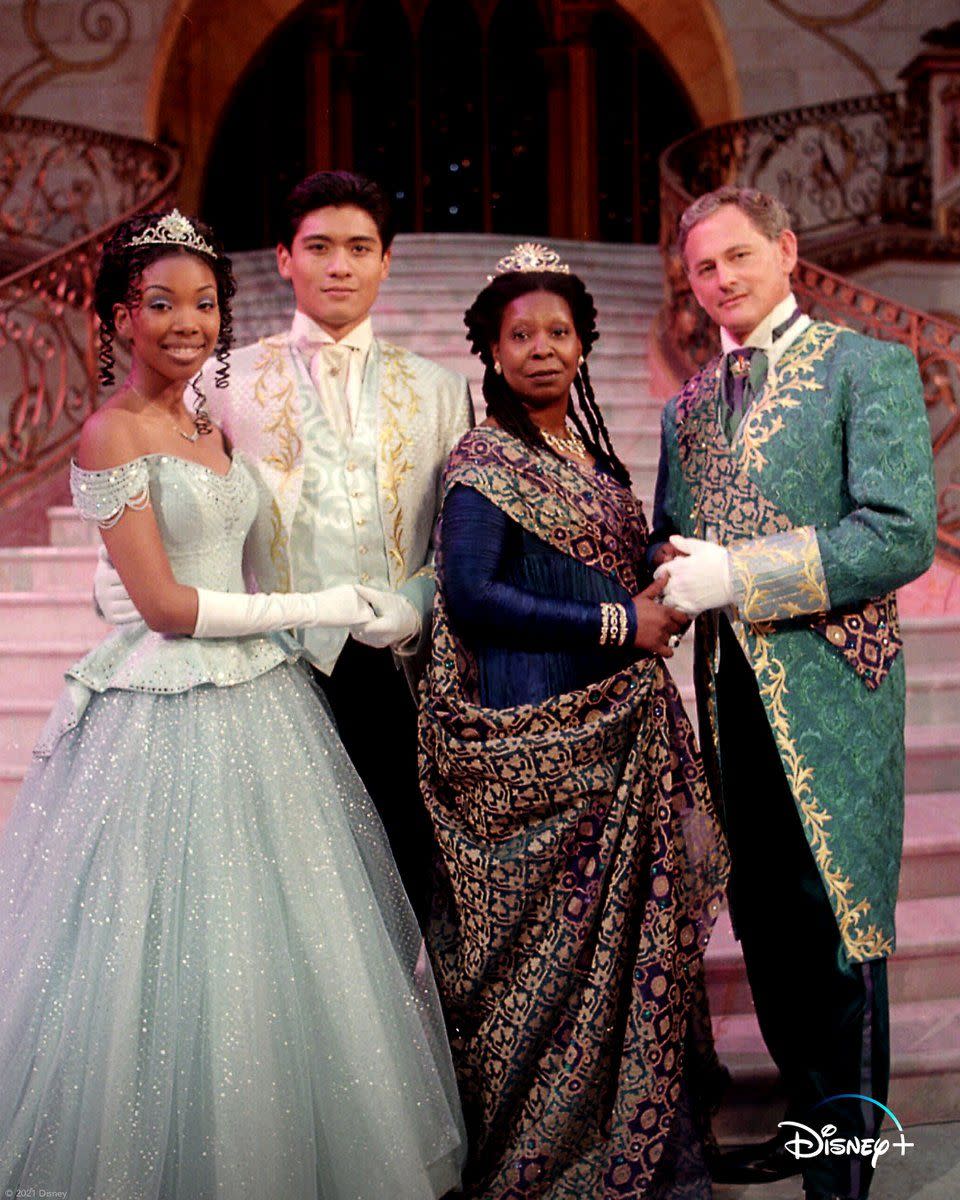How the 1997 Cinderella movie challenged Disney's overwhelming whiteness

For many, when asked to picture Cinderella, the first image that will race to mind will be the character from Disney's 1950 animated film of the same name. With yellow-blonde hair, bright blue eyes and porcelain skin, this Cinderella has been the one to beat ever since she first appeared on screen, inspiring the casting for many remakes and adaptations in the years that followed.
However, there are some whose first vision of the glass-slippered princess looks entirely different. Forty-seven years after Disney's first telling of the fairytale, Rodgers and Hammerstein's Cinderella came to international TV screens, providing a fresh take on the well-known tale.
This being the third time that the musical live-action version of the story would be made, it would have been easy to retread the foundations and create a similar film. Yet this time, the music was updated and refashioned to zest up its original 1950s orchestrations for a '90s audience.

The protagonist was written with a gutsier, more feminist approach – though introverted, she sought adventure, resolving to run away from her oppressive household when the torment of her stepmother grew too much. And on this occasion, the starring role belonged to young R&B singer and TV star Brandy, making her the first Black Cinderella on film.
It was a moment that many Black women and girls, in particular, remember fondly, with many carving out time to watch its live premiere and setting the VCR to save it for instant rewatching. With the word 'princess' mostly synonymous with the earliest version of Cinderella, this choice marked the first time that this perception was being challenged.
Whether realised at the time or not, it was reinforcement that Black girls could be at the centre of a mainstream story, despite previous versions not considering to include us at all. Luscious costumes, vibrant set pieces and instantly memorable musical numbers help Cinderella successfully hold up upon a rewatch in 2021.

But what was and remains so exciting about the film is that it showed a world as full of colour and variety as the one we live in. Producers actively cast actors from a wide range of backgrounds, resulting in characters of all different shades, regardless of whether it "made sense" – and it paid off.
The 1997 adaptation created a world where Cinderella's Evil Stepmother (Bernadette Peters) could have two daughters in Natalie Desselle and Veanne Cox, who were united in their bitterness and disdain for their stepsister, but bore no physical similarities aside from their loud senses of fashion.
While cynical adult brains might battle against the idea of Whoopi Goldberg's Queen and Victor Garber's (Happiest Season) King managing to create a Filipino son, Prince Christopher (Paolo Montalbán), for children watching, it's barely noticeable. Being a story that includes pumpkins turning into carriages and mice becoming horses as crucial plot points, there are far more interesting things to focus on.

There was no need for overt acknowledgement of their differences, or an explanatory title card at the start, detailing how this came to be. It was simply the way it was, and it's refreshing to see, even now.
The musical's standout song, 'Impossible', carries the message of letting go of your limited ideas of what can happen, and going forth anyway. When Whitney Houston's Fairy Godmother sings it to Cinderella, on the surface it provides some necessary encouragement to go to the ball with magically engineered garments and transportation, despite her poverty.
Yet it also carries a wider message about the power of doing away with what's expected and daring to see what happens next. A product of the late '90s, Cinderella undoubtedly looked towards a new millennium that would be filled with even more possibilities for casting where colour wouldn’t be a barrier for the roles that actors could play.

Sadly, nearly 25 years later, examples are scarce at best. Though the film and TV industry has had ample chances to learn from the successes and beloved status of Cinderella, it's hard to rustle up projects known for similar innovation.
Bridgerton, the Regency-era romantic drama series released at the end of 2020, made waves not only for its raunchiness and bingeworthiness, but for its casual integration of people of colour at all levels of society. Headlines boasted of the importance of showing Black people in period pieces as part of the upper class, and how representation in this way matters.
Though this has its merits, the fact that the programme's diversity is so noteworthy is emblematic of how little the needle has moved since 1997. While stage musical Hamilton has been widely praised since its 2015 launch for its intentionally diverse cast, part of its allure was due to the fact that this was such an unusual choice; likewise with The Personal History of David Copperfield.

If the gatekeepers of the entertainment industry had followed Cinderella's lead, including people of colour in any project wouldn’t need to be regarded as something special – it would be the norm. Important as it is to see culturally specific stories and platforms given to little-told experiences, it's also essential that the stories that are considered mainstream are more imaginative about who gets included.
'Traditional' shouldn’t just be coded as 'white', but even today, it's still an unfortunate shorthand that leaves so many others on the sidelines. As it hits Disney+, Cinderella remains a crucial part of the representational foundations of Black women and girls around the world, as well as a benchmark for the magic that can come from casting outside of a strict, colour-coded box.
While some might still be resistant to the idea of a Black princess in 2021, films like this only go to show how much is missed out on when your perspective is restricted. It's a shame that we’re still looking back to 1997 for a prominent example of active inclusion in the entertainment we consume.
The upcoming live-action adaptation promises more of this, so here's hoping we won’t have to wait for the next millennium to see even more.
Rodger & Hammerstein's Cinderella is available on Disney+.
Digital Spy's digital magazine is back! Check out issue 7 plus all past issues with a 1-month free trial, only on Apple News+.
Interested in Digital Spy's weekly newsletter? Sign up to get it sent straight to your inbox – and don't forget to join our Watch This Facebook Group for daily TV recommendations and discussions with other readers.
You Might Also Like

 Yahoo Movies
Yahoo Movies 
